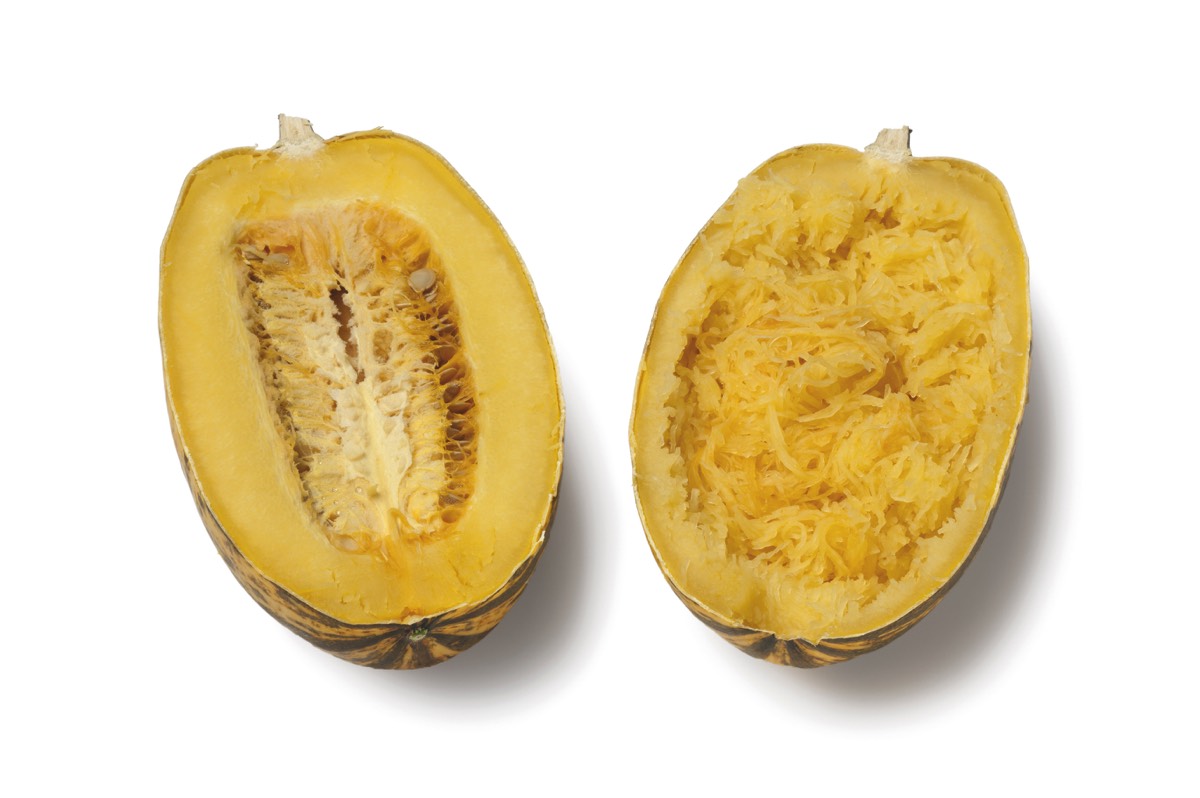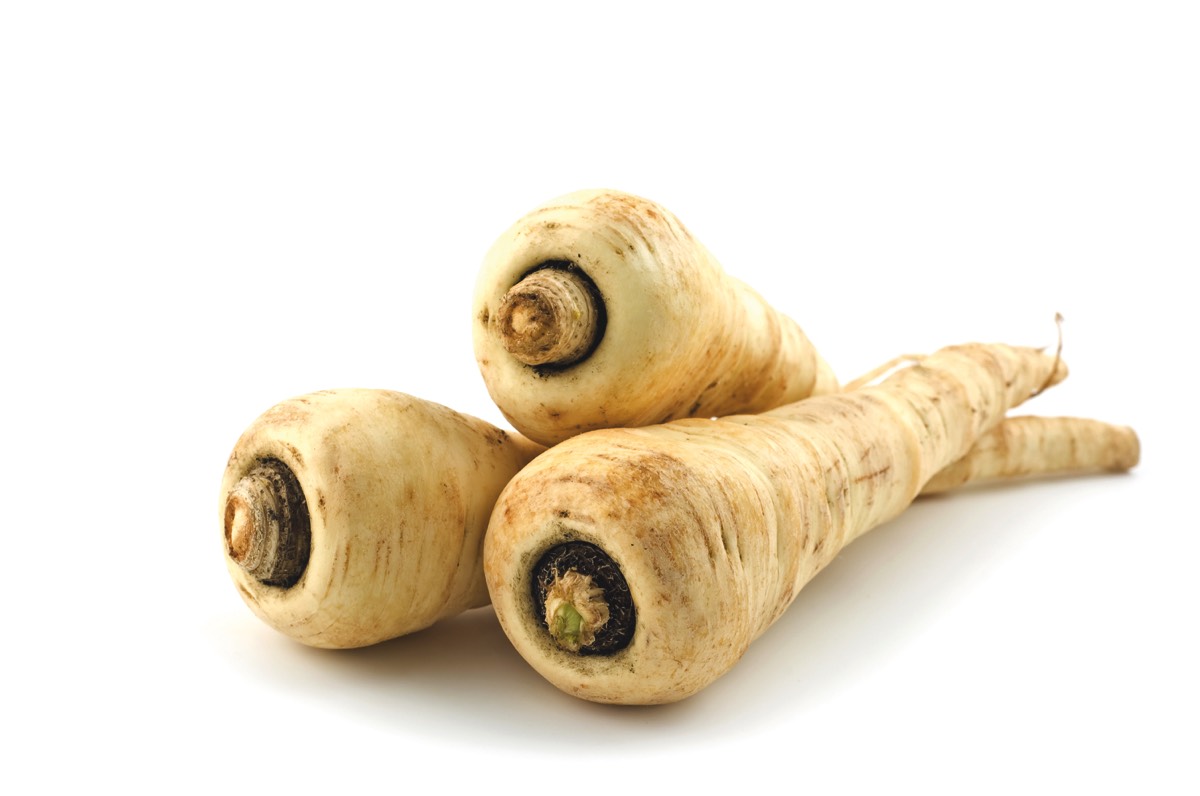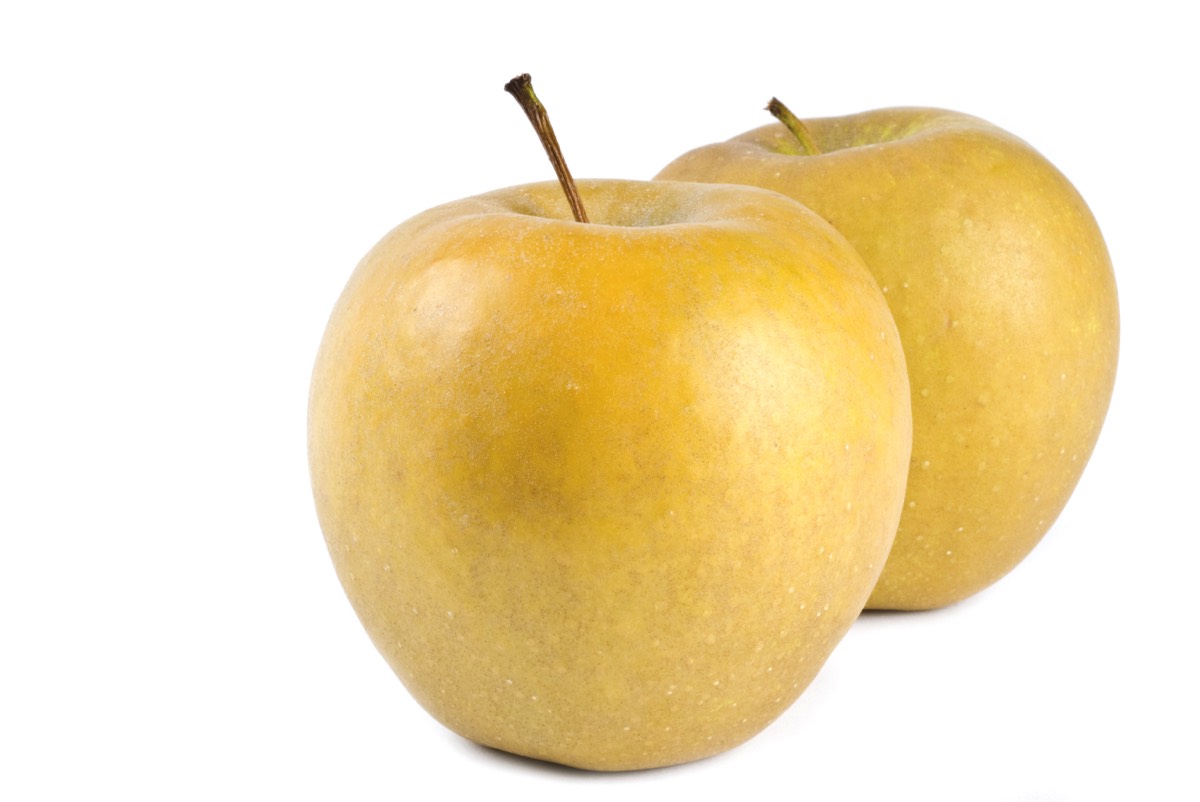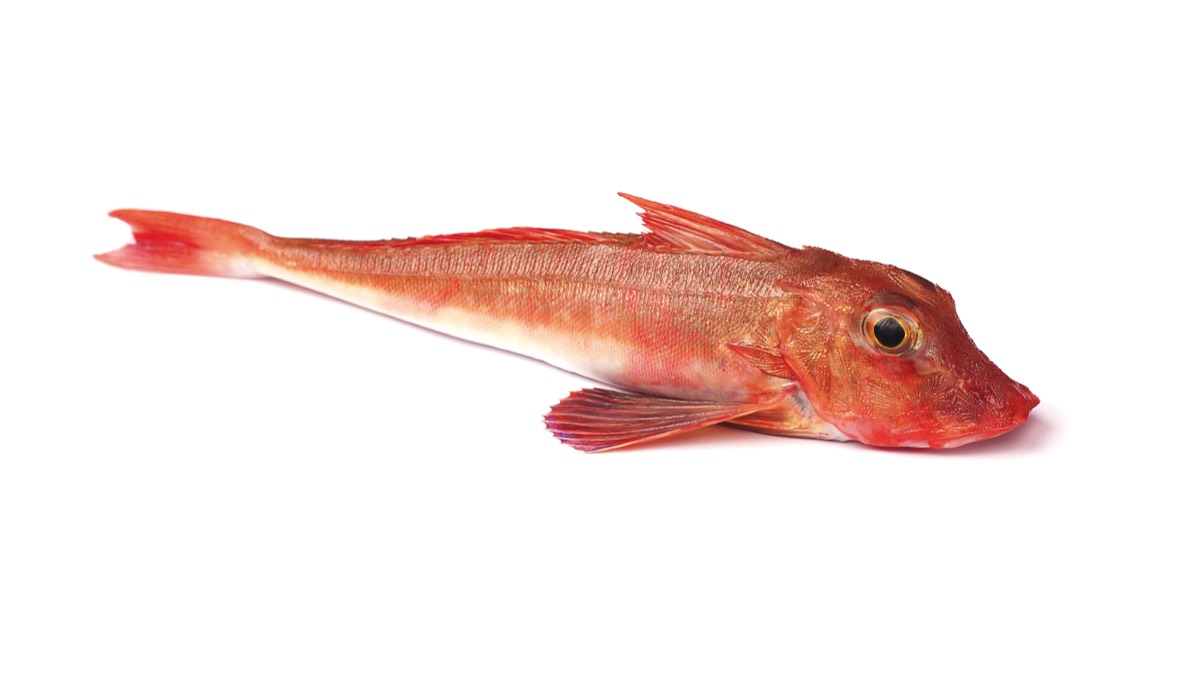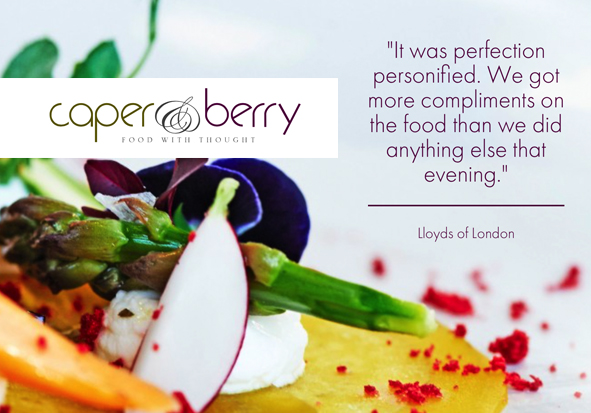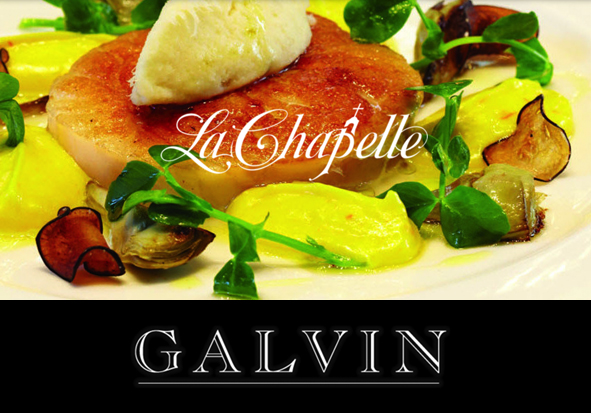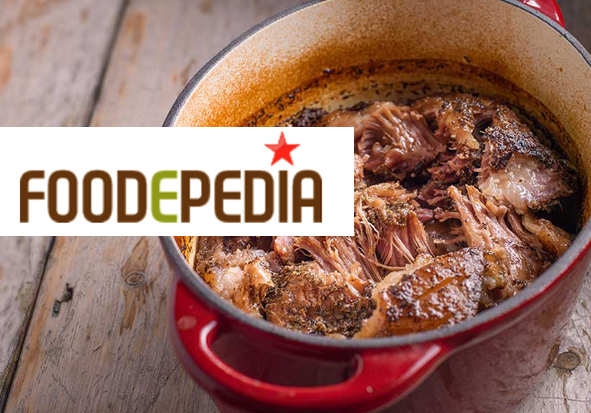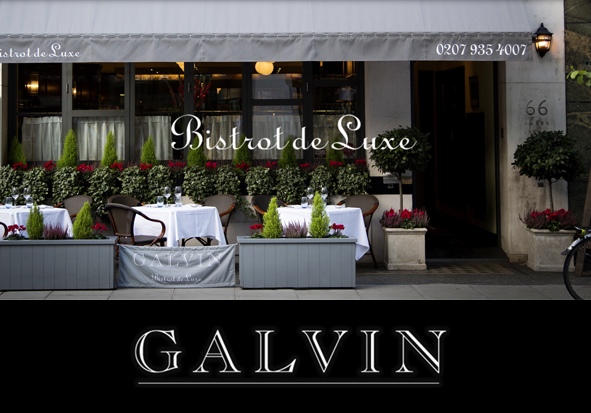FOOD
Surrey’s Premier Lifestyle Magazine
At their best... RIGHT NOW
Crates Local Produce is located centrally within the historic market town of Horsham and bursts with fresh, seasonal food sourced directly from local producers. For more details see www.crateslocal.co.uk. Follow on Twitter @crateslocal or Facebook page Crates Local.
LOADING
Spaghetti squash
At this time of year, squashes are beginning to hit the shelves with any good greengrocer offering a wide variety in size, colour and shape of these versatile beasts. However, one of the most elusive but most amazing specimens is the spaghetti squash, also known as the noodle squash. Its name gives it away as, once cooked, the yellow (or sometimes orange) flesh transforms into strands, justlike spaghetti.
Although rare, this squash is highly sought after by those who appreciate its magic as it really can be used as an alternative to pasta. Full of folic acid, potassium, beta carotene and vitamin A, as low in calories as other squashes and, of course, tasting like squash. However, partner it up with a rich sauce or ragu, top with cheese and the family may well be converted. The easiest way to deal with this very hard squash is to roast it whole before even attempting to cut it.
Image © Pipa100 | Dreamstime.com
Parsnips
Unsurprisingly, the parsnip is a close relative of the carrot, but can be even sweeter. It was one of the most widely used sweetening ingredients in Europe before cane sugar was discovered and imported. More than just an old favourite in a roast dinner, parsnips can actually be as versatile as carrots and even enjoyed raw in a salad. Similar to the spaghetti squash as a substitute for pasta, rice can even be successfully replaced by finely chopped parsnips.Parsnips also work well mashed, in stews, soups and as one of the nicest vegetable crisps alongside beetroot. They contain more goodness than the average potato including vitamins, minerals, potassium and antioxidants. The Romans considered parsnips as an aphrodisiac, although sadly in much later years the Italians used them mostly as pig feed. Today, parsnips are hailed once more and even make rather good wine.
Image © Sally Scott | Dreamstime.com
Russet apples
Apple growers throughout the south of England are seeing a bumper crop this year helped by the lack of frost back in spring, above average summer temperatures (surprisingly) and just the right amount of rain. This is great news as finally we see a greater demand from customers wanting English apples, so there should be a high supply. There still, however, seems a reluctance from supermarkets to champion traditional varieties, especially russets.There are many types of russet including the Golden, Egremont, Orange Pippin and Claygate Pearmain. They get their generic name, russet, from their rough almost furry skin that covers just some or the whole of the fruit. In Shakespeare’s era they were referred to as ‘leathercoats’ and quoted as such by Henry IV. Most russets are deliciously sweet and often have a nutty taste and aroma. Similar to cox, many people adore the russet and they are much easier to source from small greengrocers or markets rather than chains.
Image © Chiyacat | Dreamstime.com
Gurnard
Possibly the ugliest species on the fish counter, but don’t let this put you off the gurnard as it is both delicious and a great sustainable option. Once thrown back as bycatch if caught in our waters or even used as bait, it has now become popular thanks to chefs such as Rick Stein and Hugh Fearnley-Whittingstall. We have finally caught up with the rest of the world to appreciate the firm white and tasty flesh of the gurnard.There are three native species in our shores: the tub, red and grey gurnard with the grey being the smallest at less than half a kilo weight, whilst the tub can be twice this. They are bottom feeders and, in addition to their rather large heads, gurnards also have vicious looking spines on their backs so great care should be taken when preparing a whole fish, although a fishmonger should happily trim these and fillet if required. Gurnard can have a bitter tasting skin and the flesh can end up on the dry side, but it is so firm and tasty, it works beautifully in pies, stews and soups.
Image © Andylid | Dreamstime.com
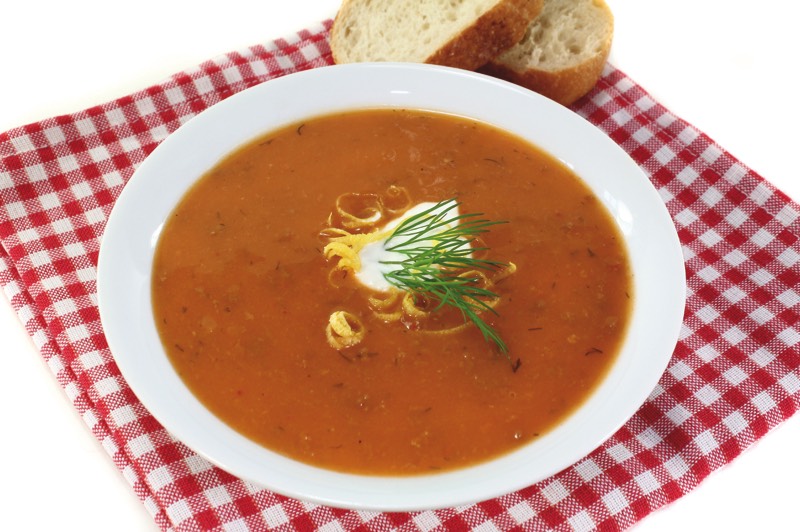
Fragrant red gurnard soup
www.crateslocal.co.ukServes four
Ingredients:
Two red gurnards, filleted, but retain the head, bones and fins
One onion
One red pepper
One bulb fennel
600g fresh soft tomatoes or one tin tomatoes if out of season
One litre of fish stock (can substitute with chicken or vegetable)
Two tablespoons tomato purée
Four cloves garlic, smoked if possible
Black peppercorns
Half teaspoon fennel seeds
One star anise
Pinch saffron
One bay leaf
Few sprigs thyme
Four juniper berries
Half glass red wine
Method:
• Chop the onion, pepper and fennel into medium pieces and finely chop the tomatoes if you have been able to source tasty local and soft ones. Peel and finely chop the garlic.
• Put aside the flesh of the gurnard and then gently fry the remaining heads, bones and fins. Add in the chopped vegetables (not the tomatoes or tomato purée at this stage) with the seasoning and herbs.
• When this has all softened, add the fresh tomatoes (or tin of tomatoes), tomato purée, red wine and fish stock. Allow this all to simmer for just under an hour.
• Remove as many of the bones as possible from the soup and liquidise the remaining mixture. This then needs to be sieved into a large pan – push it through the sieve as the mix will be thick.
• Roughly tear or cut the flesh of the gurnard and add. Simmer for 20 minutes and serve with simple crusty bread.
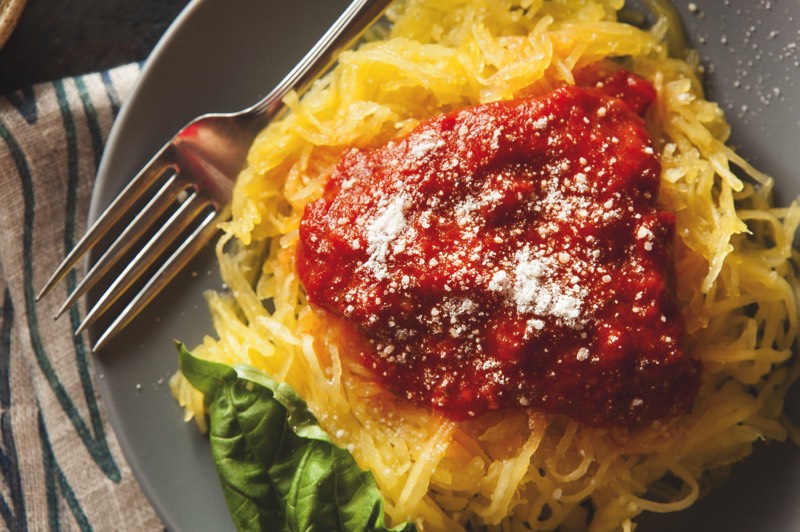
Pasta-free spaghetti marinara
www.crateslocal.co.ukServes two
Ingredients:
One medium size spaghetti squash
Two teaspoons oil, rapeseed or olive
600g fresh soft tomatoes or one tin tomatoes if out of season
Two tablespoons tomato purée
100g chestnut mushrooms
Four cloves garlic
One medium onion
Bunch fresh basil (or tablespoon dried)
Bunch fresh oregano (or tablespoon dried)
Four tablespoons butter
150g hard Parmesan-style cheese, recommend Twineham Grange
Method:
• Pre-heat oven to 200°C/gas mark 6 and prick the squash all over with a fork. Roast whole for at least an hour or until the skin becomes soft enough to take the end of a knife easily. Allow to cool for at least ten minutes before attempting to cut.
• Roughly chop the onion, mushrooms, garlic and tomatoes. Heat the oil in a pan and add the onion, garlic to soften, followed by the mushrooms. After just a few minutes add the tomatoes and tomato purée and simmer for around ten minutes.
• Rip up the leaves of the basil and oregano and add these to the mix, simmer for another ten minutes while preparing the roasted squash.
• Cut the squash down the middle, scoop out and discard the seeds and remove all the flesh pulling the strands apart.
• Melt the butter with a dash of water in a large pan. Add in the squash strands, season with salt and pepper to taste and heat though. Stir in around three quarters of the cheese and heat through again until the cheese is melted.
• Serve with the sauce on top, sprinkle with the remaining cheese and garnish with basil leaves.
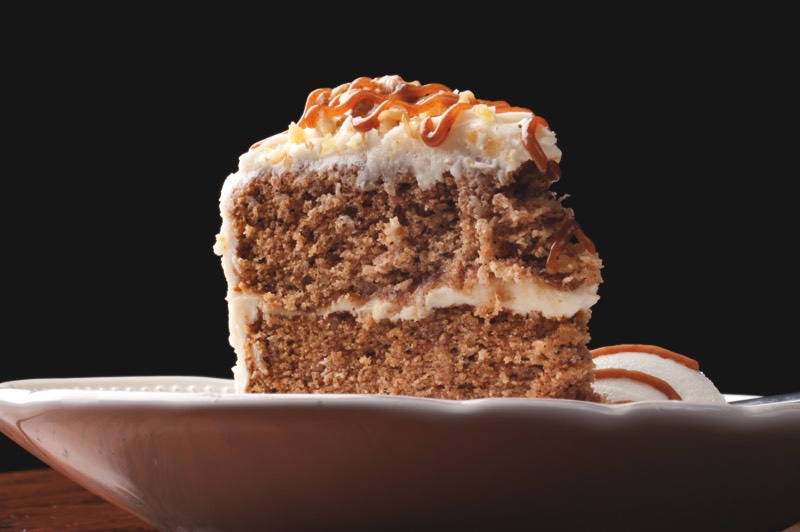
Parsnip, walnut and honey cake
www.crateslocal.co.ukServes four
Ingredients:
250g parsnips
250g self-raising flour
185g butter
250g demerara sugar
Three large eggs
Two teaspoons baking powder
100ml runny honey (local and raw if possible)
50g walnuts
Two teaspoons mixed spice
Small orange or one lemon
For the filling and top:
250g mascarpone cheese
Three tablespoons honey
Halved walnuts and honey or butterscotch sauce to finish
Method:
• Pre-heat oven to 180°C/gas mark 4. Grease (with around 10g of the butter) and line with baking paper two 20cm sandwich tins.
• Over a gentle heat, melt the remaining butter, sugar and honey in a pan and allow to cool just slightly.
• Stir in the flour, baking powder, mixed spice and then the eggs, once beaten.
• Grate the parsnips and chop the walnuts, add these to the mixture, as well as some of the orange or lemon zest and all the juice from one fruit.
• Bake for around 45 minutes, testing when ready by inserting a knife into the centre of the cakes (which should come out clean).
• Allow the two cakes to fully cool and prepare the filling and top by mixing together the mascarpone and honey.
• Assemble and serve with some half walnuts and honey or butterscotch sauce.
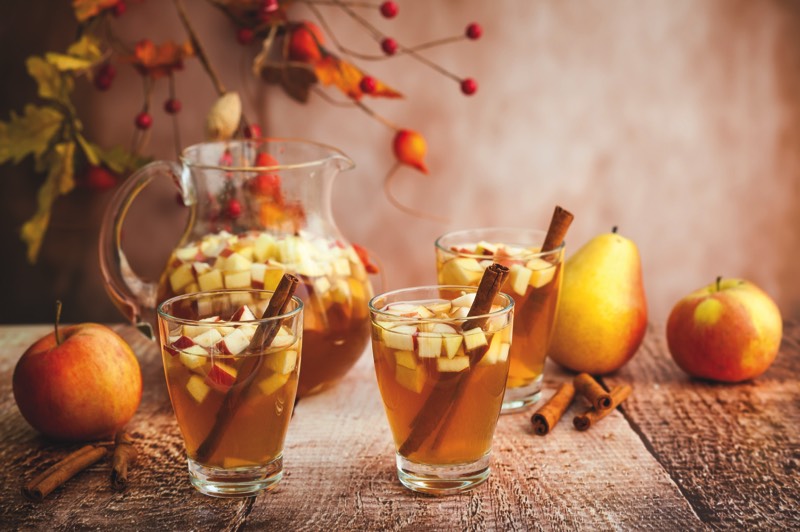
Dangerous spicy apples and pears
www.crateslocal.co.ukMakes six glasses
Ingredients:
One bottle dry white wine
Two apples, choose a crisp variety
Two pears
One orange
Six cinnamon sticks
One tablespoon whole cloves
Two teaspoons mixed spice
100ml white rum
500ml ginger ale
Method:
• Cut the fruit into around one centimetre thick pieces and press in cloves to the sides of at least half of the fruit pieces.
• Using two medium pitchers (dividing all ingredients between the two) or one large, add in the fruit slices, cinnamon sticks and sprinkle over the mixed spice.
• Pour the wine over this, then the rum and stir gently.
• Cover and place in the fridge for at least four hours.
• Once steeped, strain the mixture and return to the pitcher(s). Then add back in some or all of the fruit.
• Add in the ginger ale, stir gently and serve.
essence info
Crates Local Produce, 24a Carfax, Horsham, West Sussex RH12 1EBTelephone: 01403 256435
Websites: www.crateslocal.co.uk
